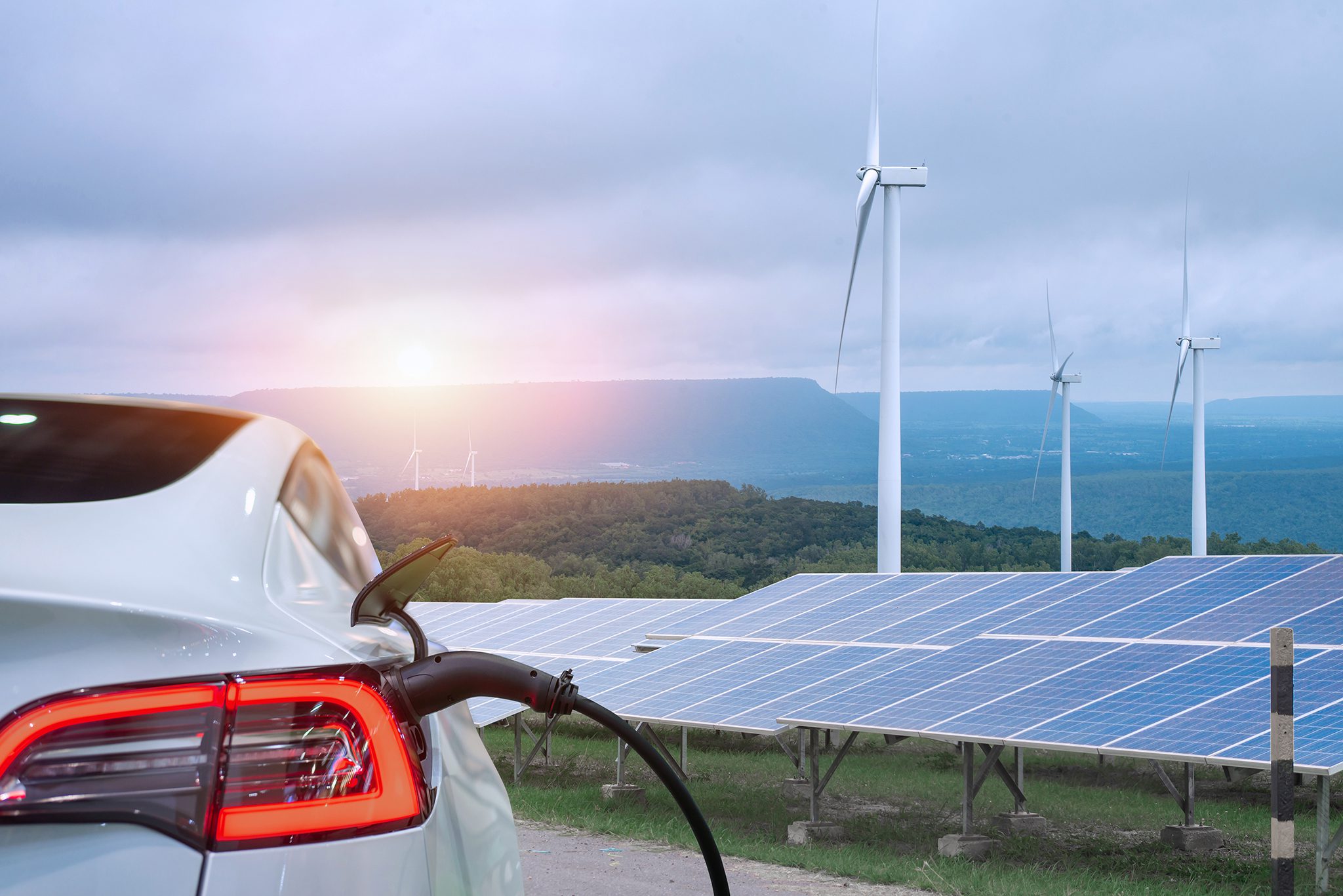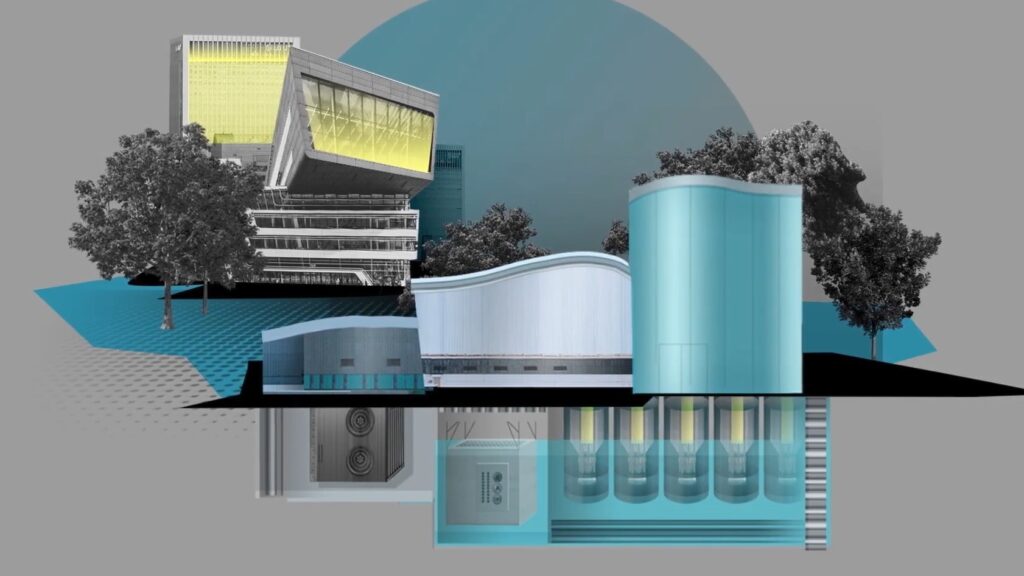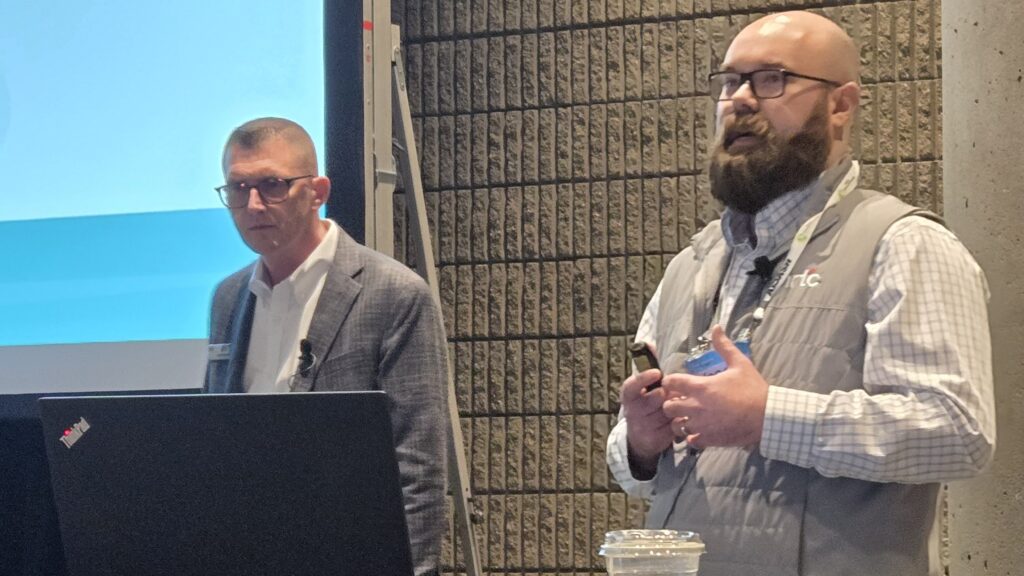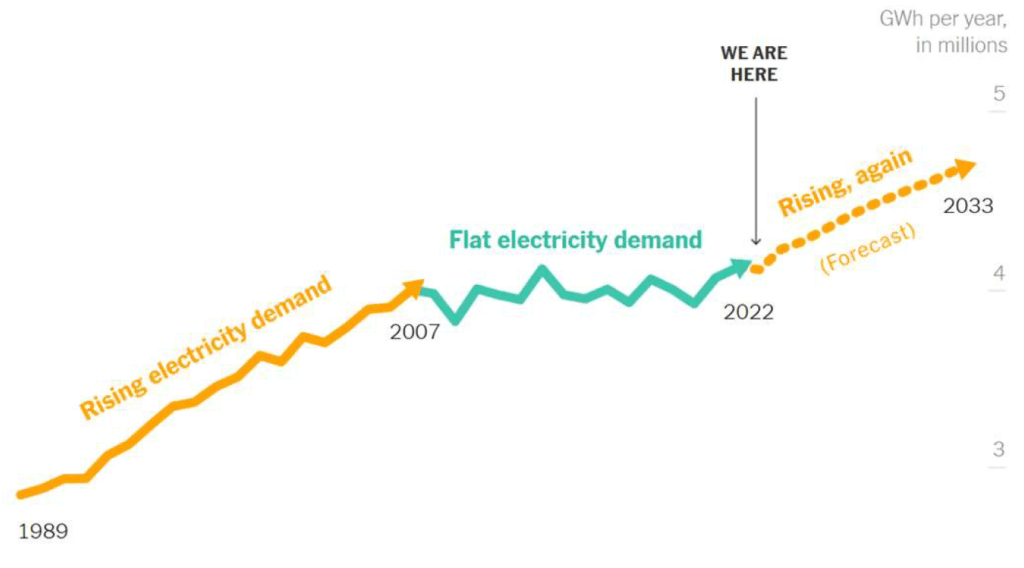ENGIE and NRTC Alert to Next Moves in New ERA Funding
Randy Sukow
|

Interest is high in the U.S. Department of Agriculture’s Empowering Rural America (New ERA) Program. At present, the program to fund technology projects that reduce rural utilities’ carbon emissions is oversubscribed by more than twice its $9.7 billion budget. USDA is likely to take the next steps in its funding process in early 2024. NRTC and its solar partner, ENGIE, recently held a webinar to help members who filed an initial letter of interest (LOI) get a jump on future regulatory requirements.
Back in September, USDA received 157 LOIs with proposals for more than 750 clean energy projects. The agency has spent the following months evaluating those proposals to determine which it will invite to submit full applications. Utilities that submitted an LOI could begin receiving invitations within the next few weeks. Once the invitations are out, the time clock starts. Utilities will have 60 days to return their applications.
If that seems like a short period of time to gather all the information needed to complete a full application for New ERA funds, it is … and USDA is aware of it. For example, one application requirement will be to demonstrate a New ERA project’s benefis to the co-op’s rate payers. Many applicants could find it difficult to provide a complete answer to such a broad question early in the planning phase.
“The goal here is in is to demonstrate that the money that Uncle Sam is providing is put to good use,” said webinar panelist Bob Coates, chief of Policy and Outreach for USDA’s Rural Utilities Service (RUS), who added that USDA realizes most utilities’ rates will not drop. “But put in what you can, as far as is rates are concerned,” he said. Coates also said that USDA will be looking at overall “community benefits” along with possible rate benefits, and that practices such as hiring local residents will also reflect well on an application.
When searching for community benefits to include, Coates suggested that applicants use “creativity” to describe past “success stories.” “We really are looking for not just a reduction of 25 percent on an individual bill … we’re looking for soft benefits, as well as hard benefits,” Coates said.
For those who submitted an LOI, but ultimately do not get an application invitation, Chris McCarthy, ENGIE’s advisor on solar and storage issues, advised co-ops to take another look at the economics of their projects. Clean energy projects have “strong federal [investment tax credit] benefits. Also there could be some local and state-level incentive programs that apply,” McCarthy said. “These projects can potentially provide some pricing certainty for your cooperative and its members.”
NRTC is providing a recording of the New ERA webinar.


